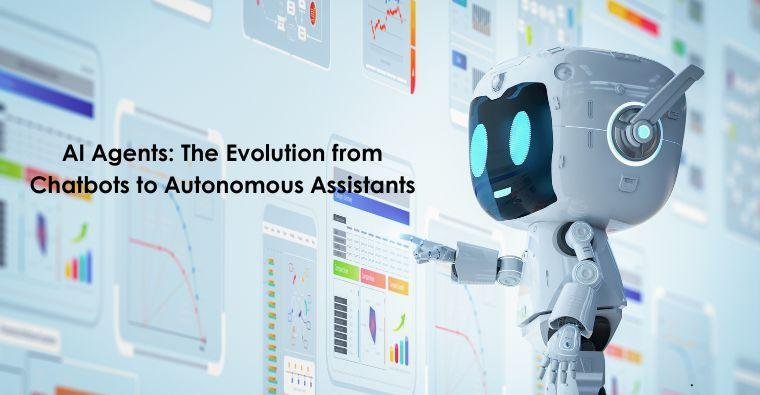The Imperative for Cloud Adoption
- Traditional IT infrastructure is often encumbered by inflexibility, high maintenance costs, and scalability constraints.
- Cloud Computing Paradigms: Cloud technologies, including Infrastructure as a Service (IaaS), Platform as a Service (PaaS), and Software as a Service (SaaS), provide scalable, on-demand resources that mitigate these limitations.
- Microservices and Containerization: Adoption of cloud-native architectures, utilizing microservices and container technologies like Docker and Kubernetes, enhances agility and accelerates development cycles.
Formulating a Strategic Cloud Adoption Framework
- Assessment and Planning: Conduct a comprehensive assessment of existing IT assets, workloads, and business objectives. Utilize tools like cloud readiness assessment frameworks to identify migration candidates.
- Cloud Service Provider (CSP) Evaluation: Examine CSPs based on criteria such as compliance standards (e.g., GDPR, HIPAA), service-level agreements (SLAs), security protocols (e.g., encryption, access controls), and support for hybrid and multi-cloud environments.
- Cloud-Ready Operating Model: Reengineer IT operations to align with cloud capabilities. Implement DevOps practices to facilitate continuous integration and continuous deployment (CI/CD) pipelines.
- Change Management: Develop a robust change management strategy to address cultural shifts and skill gaps. Leverage cloud training programs and certification courses for upskilling employees.
Advantages of Strategic Cloud Adoption
- Operational Efficiency: Enhance operational efficiency through automation of routine tasks, cost optimization via pay-as-you-go models, and reduction of capital expenditure on IT infrastructure.
- Enhanced Security and Compliance: Utilize advanced security features provided by CSPs, such as identity and access management (IAM), data encryption at rest and in transit, and threat detection mechanisms.
- Data Analytics and Artificial Intelligence (AI): Harness the power of cloud-based AI and machine learning (ML) services to drive data-driven decision-making and predictive analytics.
Overcoming Technological Challenges
- Data Migration: Address complexities of data migration by utilizing tools like AWS Data Migration Service, Azure Migrate, and Google Cloud's Transfer Appliance.
- Security Concerns: Implement a comprehensive security strategy incorporating network security, endpoint protection, and disaster recovery plans.
- Skill Gaps: Bridge skill gaps by fostering a culture of continuous learning and leveraging cloud certification programs (e.g., AWS Certified Solutions Architect, Google Professional Cloud Architect).
In summary, strategic cloud adoption is instrumental in accelerating digital transformation. By leveraging advanced cloud technologies and frameworks, enterprises can achieve enhanced agility, innovation, and operational excellence.

Encouragement for enterprises to proactively adopt a cloud-first approach to thrive in the digital age.




